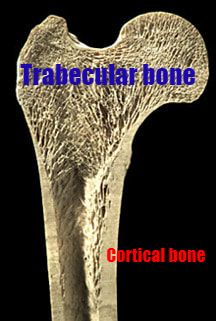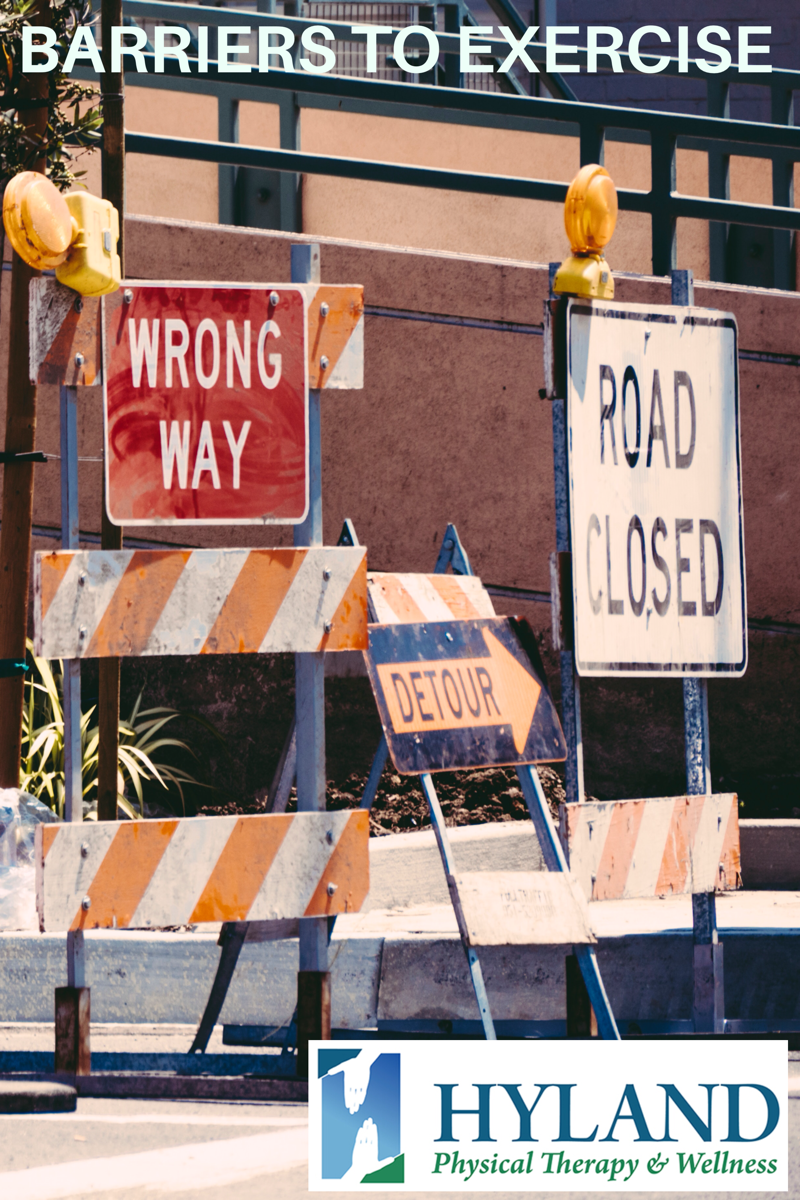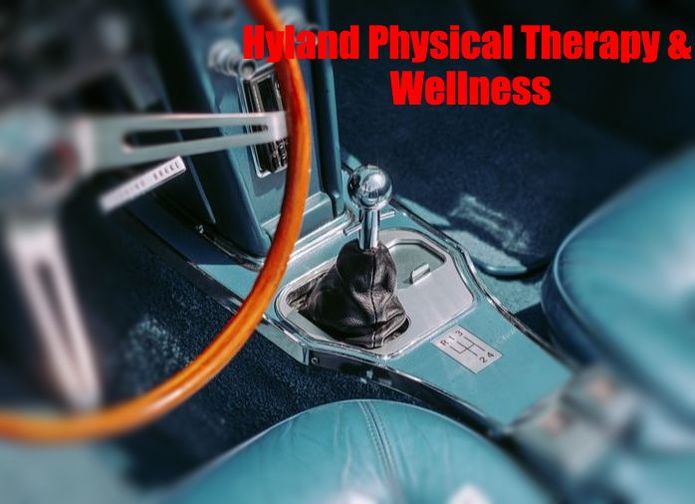 Image courtesy of ASBMR Educational Materials https://goo.gl/images/NR4gxM Image courtesy of ASBMR Educational Materials https://goo.gl/images/NR4gxM Osteoporosis (OP) is a condition effecting the bones and is associated with very low bone mineral density (BMD). The name itself means "porous bones" and results in the bones becoming brittle and leading to fractures due to bone fragility. This is typically associated with women, but men can also have the condition as sex hormones diminish over the decades. Most, if not all people with OP, started out with osteopenia (low BMD, but not yet progressed to osteoporosis). This is the best time to prevent onset of OP, but even those with OP can prevent worsening of the condition, prevent fractures, and prevent falls that lead to fractures. Osteoporosis Canada has great resources on the condition. The full list of "fast facts" can be found here, but to me one of the most profound listed is that 80% of fractures in those 50+ are due to OP. Many of these folks will not be diagnosed with OP and will not be prescribed the correct preventative treatment. Medications and supplements are very important, but exercise is a crucial medicine for OP. Why Exercise Is Important With OP Reason 1: Preserving bone density. With aging we all start to lose bone density as young as our thirties. The amount of exercise and physical activity that you challenge your body with, as well as the amount of calcium that you consume in youth, have a direct impact upon the health of your bones as you age. Think of it as a bank where you make deposits over time. The more you store up for the future, the more healthy your bones are. But again, why is exercise so important? Two words: Wolff's Law. Wolff's Law states that bone will adapt to the stresses placed upon it. The more stress, the more the bone will grow. The lower the stress, the less bone will grow. The bone that is particularly susceptible to becoming brittle and fracturing is called trabecular bone, or cancellous bone. Let's look at the anatomy for a moment. Trabeculae are bony projections within the bone that result in a matrix or lattice work that supports load bearing. The long bones of the body such as the humerus and femur have trabecular bone in the ends where the load is particularly important, for example the shoulder and hip. The vertebrae of the spine also contain trabecular bone. While the cortex of the bone, the outer wall, is also thick in the ends of long bones due to load bearing, trabeculae provide even more support for tension or compression forces in the bone. Think of them as little columns or buttresses supporting the large outer walls. These structures are the first to go with OP and literally make the trabecular bone disappear. Without this extra support fragility fractures are highly likely. Weight bearing activity and resistance training places stress upon the bone and results in bone building that can protect from losing bone density over time. Even if you already have OP when you start exercising, these types of exercises will still help to prevent fractures. Reason 2: Preventing Falls As we age our muscle tissue will slowly deteriorate if nothing is done to prevent it. Last week, we discussed sarcopenia, or progressive muscle tissue loss, as a preventable disease of advanced age. Preserving muscle strength is not only important for bone health, as the bone at the musculotendinous junction is thickened by the pull of muscle placed upon it, but also just as important for preventing onset of weakness in the lower body and trunk. This weakness results in poor balance reactions to prevent falls and inability to stop fall once a loss of balance occurs. Falls are a source of many of the fractures that occur with OP. Remember the statisic we saw earlier about 80% of fractures in the aging adult being the result of OP? If we can prevent the falls that lead to the fractures through exercise we can also prevent the loss of bone mineral density that leads to OP at the same time. 1 in 4 adults over the age of 65 will fall in 2018. How many will break a hip or a wrist, even a vertebrae? How many will not return home after they fall? Our easy chairs are more deadly than most people realize. It's time to get moving! What Exercises Are Safe with Osteoporosis? As a physical therapist, exercise prescription is a daily part of my job. With aging adults this takes more skill and adaptation. There are many ways to strengthen the muscles and to preserve flexibility without stressing the spine in a dangerous way. This is where a PT is so valuable and why we need to be training more people that are not therapists in exercise programs that encourage bone health without danger of fractures. There are programs out there that are very valuable that I will provide links to below. The guidelines of the ACSM state the following for recommendation of exercise for people with OP: Frequency: Weight bearing aerobics 3-5x/wk (if not daily) and resistance training 2-3 days per week Intensity: For aerobics, moderate exercise starting at 40% and working up to 60-80% of heart rate reserve. For resistance training, moderate intensity at 10-13 on Borg Rating of Perceived Exertion and 60-80% of 1 rep maximum. Time: 30-60 minutes total each day of exercise Type: Weight bearing aerobics such as walking, jogging, or elliptical. Water aerobics also valuable. Resistance training with bands, weight machines, or anti-gravity with supervision of a physical therapist. Here is what to look out for ->
At Hyland Physical Therapy and Wellness we are developing an exercise class for people with osteoporosis that is based upon the guidelines we have discussed today. This would be available in group format, but at any point I am available to consult with you individually to develop a safe program specifically for you. Contact me today to find out more. The links below will help you to get in touch with me. Sarcopenia... What the heck is that?!" I can hear you ask. I admit that it is not a very widely known term; however, it is in fact an actual medical diagnosis that is becoming more and more recognized. Sarcopenia is such a new concept that it is not even recognized in some countries. In Australia for example, medical schools are not even discussing this diagnosis, despite the fact that 30-40 per cent of those over 65 in Australia are likely affected with this disease. This is according to an article about sarcopenia that was just published this month in The Sydney Morning Herald. I found this to be extremely interesting when considering that falls are a geriatric issue discussed the world over, by the World Health Organization no less. Yet, a disease process that is resulting in falls, injury, death, and disability for aging adults is not even recognized across the globe!! WOW. The good news is that by gaining more and more recognition in the US, perhaps we can lead the way in prevention. The full article I am referring to can be found by clicking this link or copying to your web browser: www.smh.com.au/national/the-big-new-disease-that-doesn-t-officially-exist-in-australia-20180702-p4zp11.html?btis
So, what is it anyway? WARNING: We are about to get "sciency" here. Let the inner geek in you breathe a little. It won't hurt, I promise... According to the article cited above, an American scientist named Irwin H. Rosenburg coined the name sarcopenia in the 1980s. He invented the term by combining the Greek words sarco meaning "flesh" and penia, meaning "loss." The hallmark of the disease is a progressive loss of muscle mass through the decades. Here are some facts from research regarding sarcopenia:
What causes this phenomenon? As we mentioned earlier, lack of physical activity is the number one cause. As a natural part of aging sexual hormones decline, cell death rates increase, and the efficiency of mitochondrial function (contain cellular DNA and produces ATP, the power source of all organ functions) becomes impaired. This results in changes to the muscle tissue and the bones. Without physical activity this will be an accelerated decline. Another very important factor to consider is nutrition and absorption. If one's diet is deficient in protein, and without certain supplements such as Vitamin D, there will be nothing for the body to use to build up muscle tissue. When combined with a protein efficient diet, physical activity can actually aid in protein synthesis, as evidence indicates that the mechanical load placed on the muscle cells through exercise directly enables the muscle cell membrane's ability to synthesize protein (Narici et al, 2006). In summary, sarcopenia is a highly likely condition past the age of 50 and has been found to increase mortality independent of age and other disease processes. Physical activity and exercise is the means to prevent this condition from rearing it's ugly head. My mission is to help as many people as possible to prevent this condition and to age successfully. The paradigm shift that is needed is to move from failure to frailty to function to fun. Remember, the deadliest object in your home is your favorite comfy chair. In the United States, they have loved many of us to an early death. |
AuthorDr. Michael Hyland, DPT, CEEAA has been a physical therapist since 2012. He is a Certified Exercise Expert for the Aging Adult and an expert in Parkinson's Disease. He owns Hyland Physical Therapy and Wellness in Broken Arrow, OK Archives
October 2022
Categories
All
|
Proudly powered by Weebly



 RSS Feed
RSS Feed